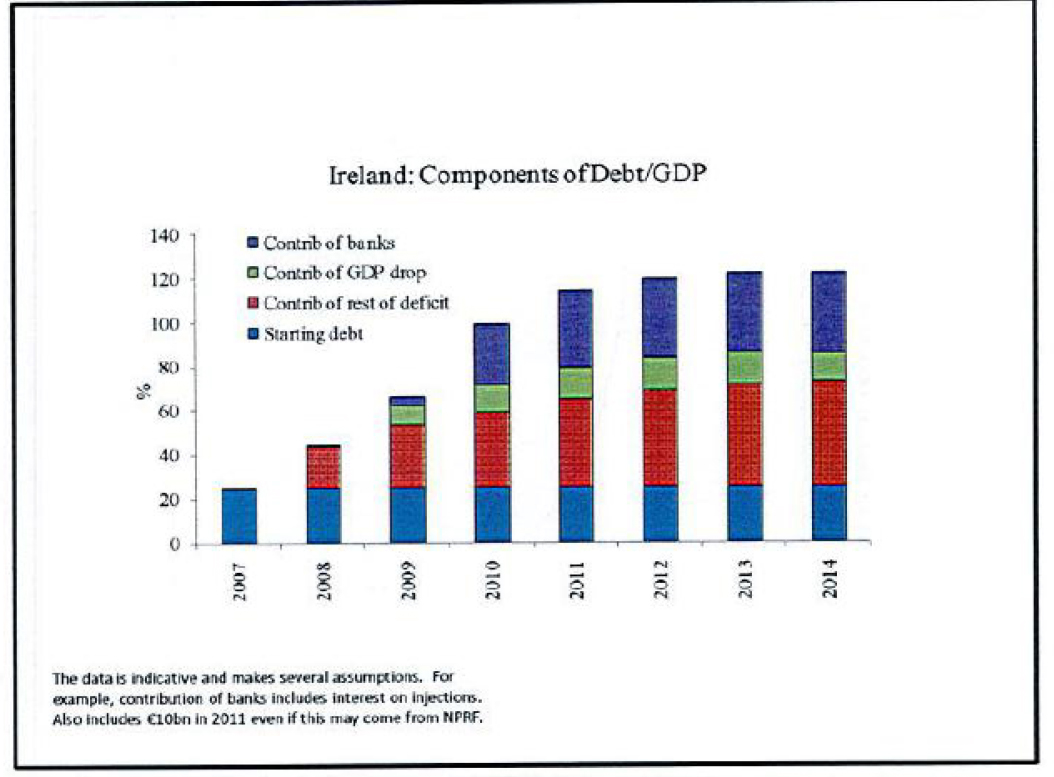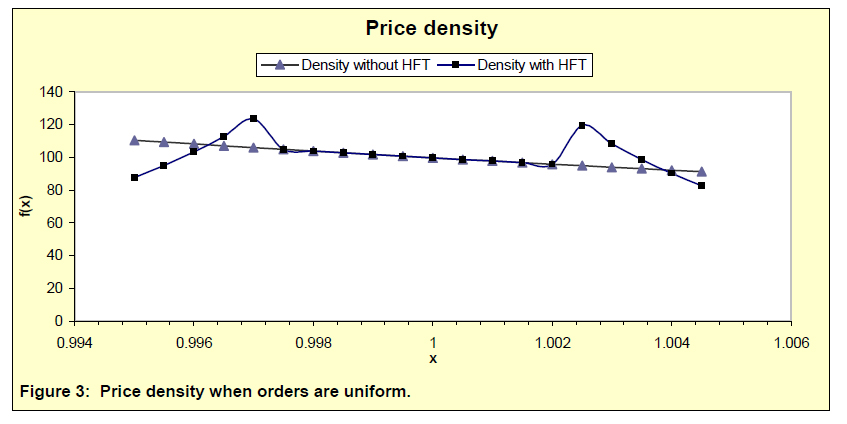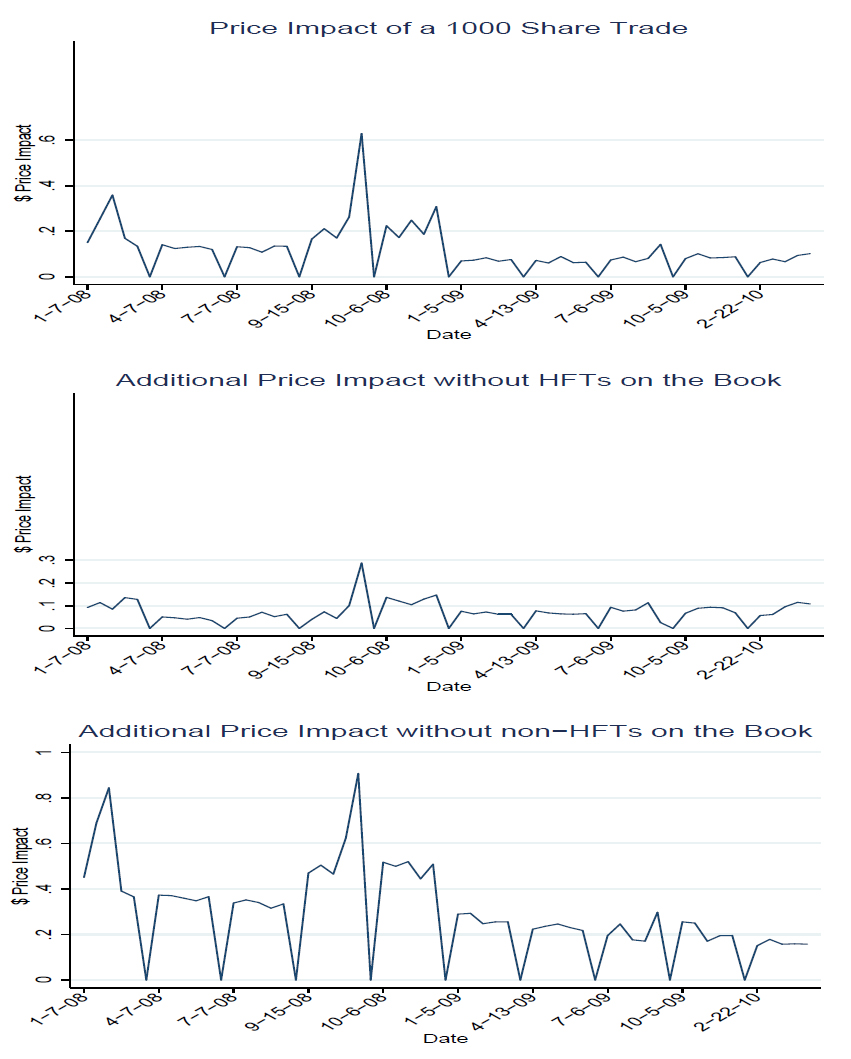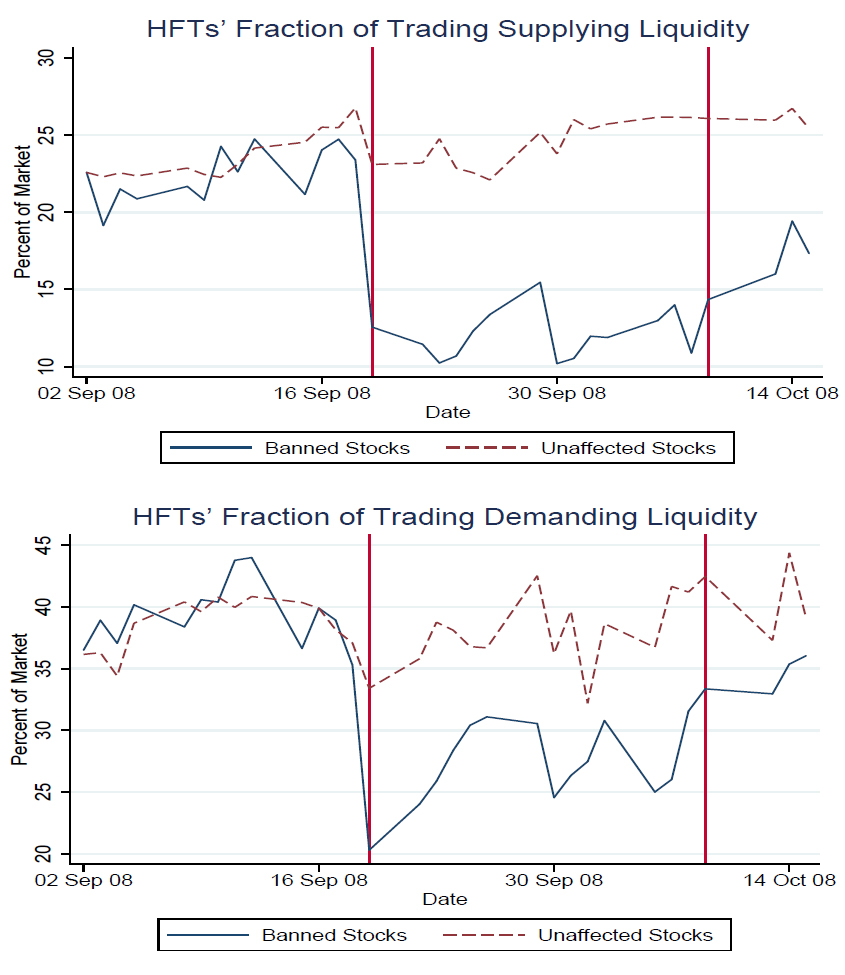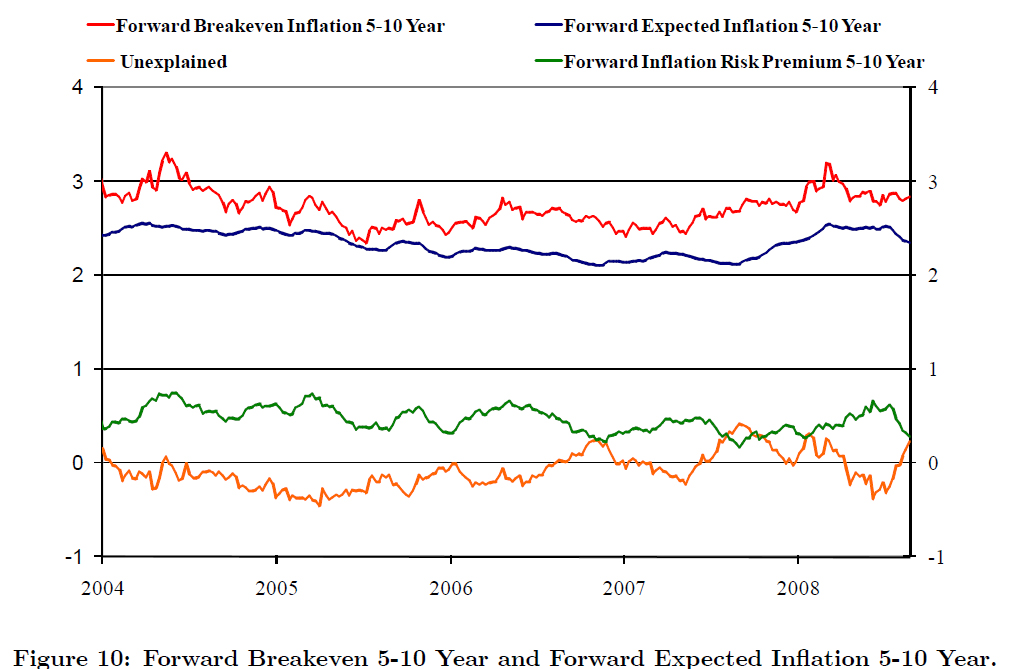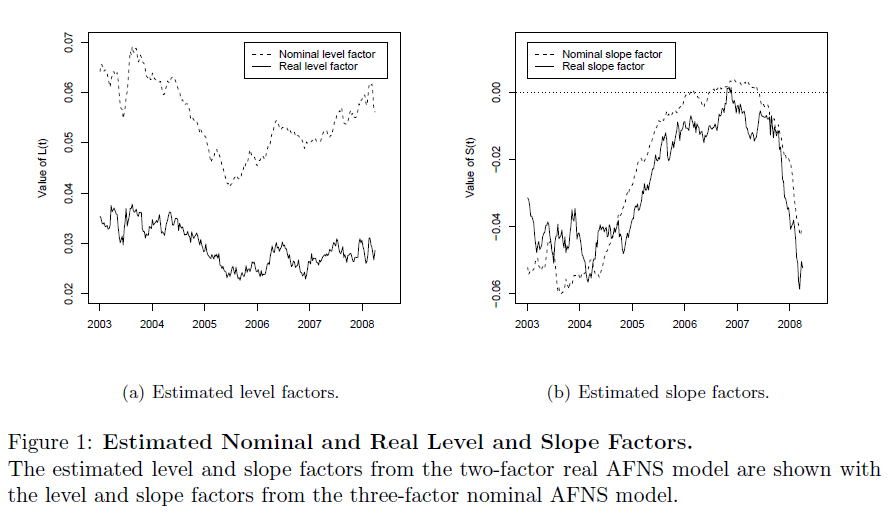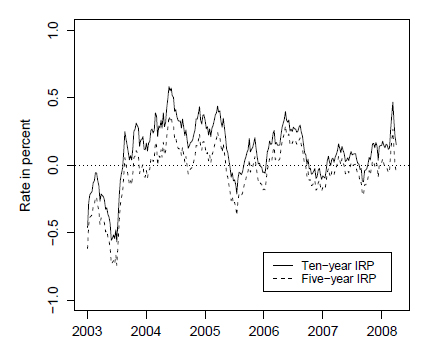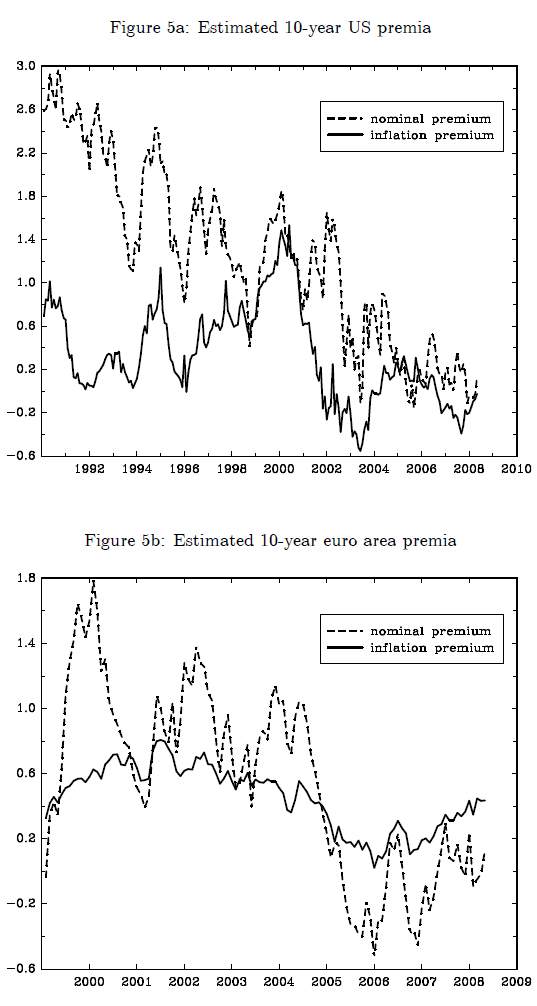Mark White of OSFI gave a speech titled Basel III: Balancing of Risk and Regulation, in which he said nothing at all.
There’s one one big problem with simple stock screens:
Claymore’s Canadian Dividend exchange-traded fund (CDZ-T …) is designed to track the S&P/TSX Canadian Dividend Aristocrats Index, which is composed of companies that have paid higher dividends for at least five consecutive calendar years.
It’s a great concept. Trouble is, the financial crisis prompted a lot of companies to conserve cash by cutting dividends or holding them steady, and that’s caused the index to shrink dramatically.
…
However, unlike the iShares ETF, the Claymore fund no longer has any Canadian banks or insurers.
Some are cheering the results of Portugal’s 10-year auction:
The markets heaved a hefty sigh of release today as Portugal pulled off a widely-watched auction of 10-year bonds, €599-million worth at a lower-than-expected yield of 6.716 per cent, below the key level of 7 per cent. It also sold four-year bonds, bringing the todal to €1.25-billion.
…
Together, Portugal, Ireland and Spain have needs this year of about €300-billion, a combination of maturing debt and additional funding needed to cover deficits, [Scotia economist] Mr. [Derek] Holt calculated.
It’s not apparent just how much yield the recent ECB purchases are worth:
The weekly amount compares with 164 million euros spent the previous week although the figures may not give the full picture as the ECB’s purchases take 2-3 days to be finalised.
…
The ECB threw Portugal a temporary lifeline on Monday by buying up its bonds, traders said, as market and peer pressure mounted for Lisbon to seek an international bailout soon.
Official disrespect for due process is reaching epidemic proportions:
Ten municipalities in the Lower Mainland have safety inspection programs that send inspectors armed with B.C. Hydro statistics on abnormal energy consumption into homes.
…
Critics say the safety inspections are a substitute for police raids of suspected grow-ops. Police cannot enter a home without reasonable grounds for believing that they will find illegal activity. However, safety inspectors can just go in and look around. If they find a grow-op, they call police, who are usually waiting at the curb.
And why? Here’s one potential answer:
Municipalities could end up reaping millions of dollars if given 50 per cent of assets seized under proceeds-of-crime legislation, Kevin Falcon said Tuesday.
“I think it’s a great opportunity to involve municipalities in a partnership way going after illegal criminal activity,” Mr. Falcon told reporters.
Mr. Falcon’s commitment is part of a 12-point crime platform released by the former health minister, who is seeking the leadership of the B.C. Liberals in a party vote Feb. 26 that will choose the province’s next premier.
It was a mixed day on above average volume for the Canadian preferred share market, with PerpetualDiscounts gaining 16bp and FixedResets losing 2bp. There was quite a bit of block trading done and not much volatility, with again only one entry in the Performance Highlights Table.
Block trading was dominated by Desjardins, which wrote some very nice-sized tickets. Note that this does not necessarily mean they earned good money on the crosses – some of them could have been internal crosses (with a single manager shuffling issues around his portfolios; not something that should cost a lot of money).
PerpetualDiscounts now yield 5.43%, equivalent to 7.60% interest at the standard equivalency factor of 1.4x. Long Corporates now yield about 5.5% (maybe a bit less) so the pre-tax interest-equivalent spread (also called the Seniority Spread) is now about 210bp, with everything unchanged from the figures reported January 5.
| HIMIPref™ Preferred Indices These values reflect the December 2008 revision of the HIMIPref™ Indices Values are provisional and are finalized monthly |
|||||||
| Index | Mean Current Yield (at bid) |
Median YTW |
Median Average Trading Value |
Median Mod Dur (YTW) |
Issues | Day’s Perf. | Index Value |
| Ratchet | 0.00 % | 0.00 % | 0 | 0.00 | 0 | -0.1102 % | 2,322.1 |
| FixedFloater | 4.79 % | 3.46 % | 28,438 | 19.21 | 1 | 0.3575 % | 3,554.7 |
| Floater | 2.58 % | 2.36 % | 45,159 | 21.32 | 4 | -0.1102 % | 2,507.2 |
| OpRet | 4.81 % | 3.36 % | 67,445 | 2.31 | 8 | -0.1492 % | 2,388.6 |
| SplitShare | 5.33 % | 1.76 % | 589,078 | 0.90 | 4 | -0.1104 % | 2,452.7 |
| Interest-Bearing | 0.00 % | 0.00 % | 0 | 0.00 | 0 | -0.1492 % | 2,184.1 |
| Perpetual-Premium | 5.66 % | 5.26 % | 132,211 | 5.19 | 20 | 0.1340 % | 2,026.3 |
| Perpetual-Discount | 5.39 % | 5.43 % | 238,474 | 14.80 | 57 | 0.1550 % | 2,051.6 |
| FixedReset | 5.24 % | 3.43 % | 288,432 | 3.07 | 52 | -0.0245 % | 2,271.6 |
| Performance Highlights | |||
| Issue | Index | Change | Notes |
| SLF.PR.G | FixedReset | -1.48 % | YTW SCENARIO Maturity Type : Limit Maturity Maturity Date : 2041-01-12 Maturity Price : 25.22 Evaluated at bid price : 25.27 Bid-YTW : 3.96 % |
| Volume Highlights | |||
| Issue | Index | Shares Traded |
Notes |
| MFC.PR.A | OpRet | 705,931 | Desjardins crossed 697,700 at 25.65. Nice ticket! YTW SCENARIO Maturity Type : Soft Maturity Maturity Date : 2015-12-18 Maturity Price : 25.00 Evaluated at bid price : 25.72 Bid-YTW : 3.54 % |
| TD.PR.M | OpRet | 700,021 | Desjardins crossed 694,800 at 25.56. YTW SCENARIO Maturity Type : Call Maturity Date : 2011-05-30 Maturity Price : 25.50 Evaluated at bid price : 25.56 Bid-YTW : 3.40 % |
| TD.PR.N | OpRet | 392,100 | Desjardins crossed 389,700 at 25.56. YTW SCENARIO Maturity Type : Call Maturity Date : 2011-05-30 Maturity Price : 25.50 Evaluated at bid price : 25.56 Bid-YTW : 3.32 % |
| BAM.PR.B | Floater | 362,156 | RBC crossed 35,000 at 18.63; Desjardins crossed 308,400 at 18.40. YTW SCENARIO Maturity Type : Limit Maturity Maturity Date : 2041-01-12 Maturity Price : 18.45 Evaluated at bid price : 18.45 Bid-YTW : 2.86 % |
| SLF.PR.D | Perpetual-Discount | 156,169 | Desjardins crossed 149,600 at 20.68. YTW SCENARIO Maturity Type : Limit Maturity Maturity Date : 2041-01-12 Maturity Price : 20.66 Evaluated at bid price : 20.66 Bid-YTW : 5.43 % |
| GWO.PR.I | Perpetual-Discount | 143,382 | TD crossed 10,000 at 21.70; Desjardins crossed 123,800 at 21.69. YTW SCENARIO Maturity Type : Limit Maturity Maturity Date : 2041-01-12 Maturity Price : 21.46 Evaluated at bid price : 21.73 Bid-YTW : 5.20 % |
| CM.PR.D | Perpetual-Premium | 121,745 | Nesbitt crossed blocks of 19,200 and 100,000, both at 25.25. YTW SCENARIO Maturity Type : Call Maturity Date : 2011-05-30 Maturity Price : 25.25 Evaluated at bid price : 25.33 Bid-YTW : 4.13 % |
| TD.PR.I | FixedReset | 120,496 | Desjardins crossed blocks of 50,000 and 49,800, both at 27.40. YTW SCENARIO Maturity Type : Call Maturity Date : 2014-08-30 Maturity Price : 25.00 Evaluated at bid price : 27.31 Bid-YTW : 3.48 % |
| RY.PR.X | FixedReset | 106,005 | Scotia crossed 50,000 at 27.65. RBC crossed blocks of 23,100 and 25,000, both at 27.66. YTW SCENARIO Maturity Type : Call Maturity Date : 2014-09-23 Maturity Price : 25.00 Evaluated at bid price : 27.66 Bid-YTW : 3.47 % |
| TD.PR.A | FixedReset | 103,815 | Desjardins crossed blocks of 50,000 and 49,400, both at 26.40. YTW SCENARIO Maturity Type : Call Maturity Date : 2014-03-02 Maturity Price : 25.00 Evaluated at bid price : 26.32 Bid-YTW : 3.10 % |
| There were 34 other index-included issues trading in excess of 10,000 shares. | |||
